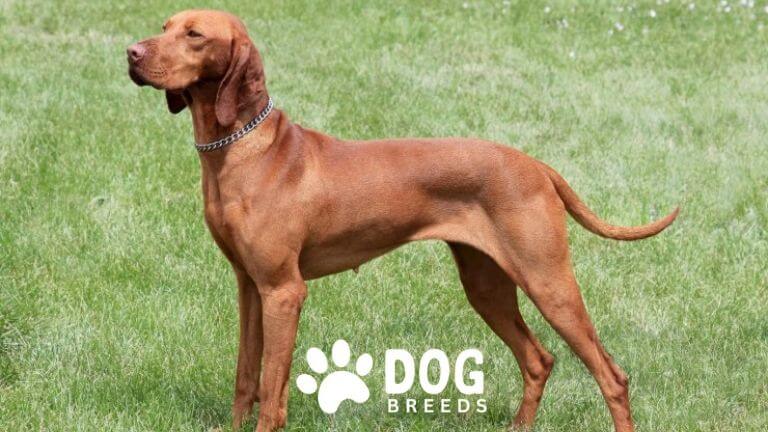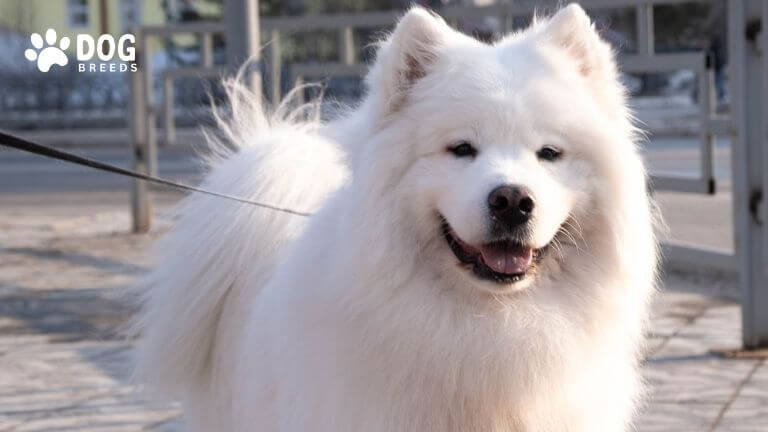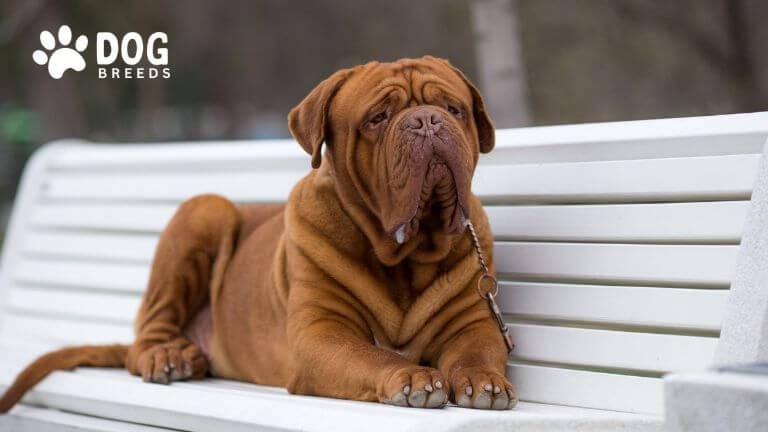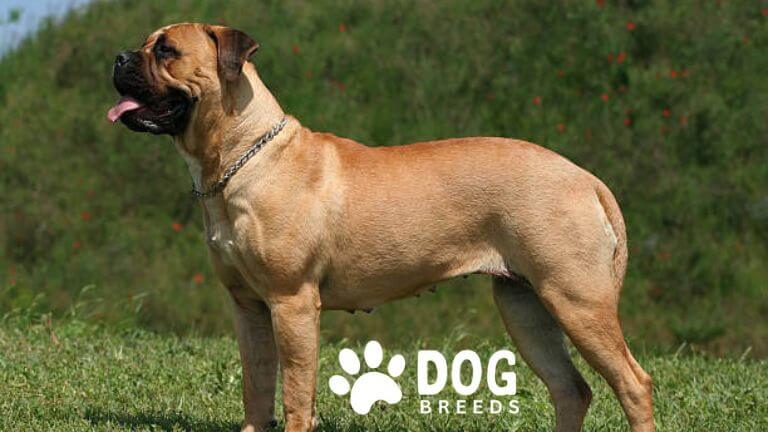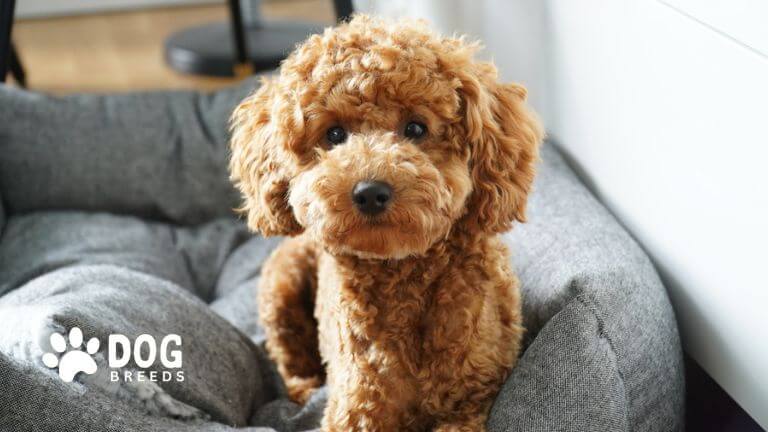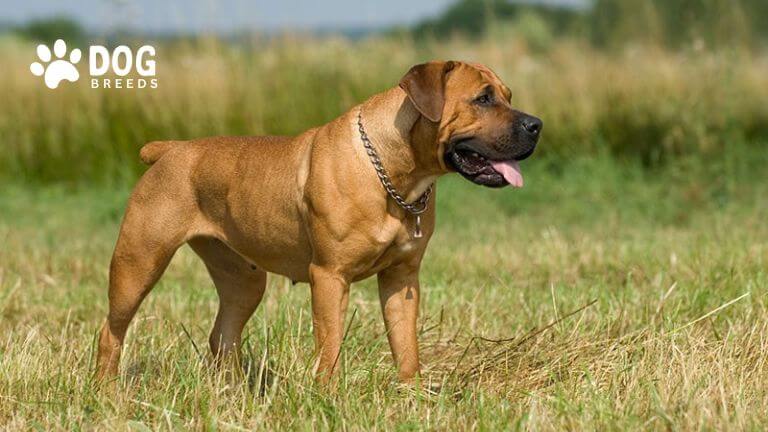Vizsla Dog Breed: Temperament, Care, and Training Tips
The Vizsla, known for its sleek appearance and energetic personality, is a breed that combines elegance with versatility. Originating from Hungary, these dogs are renowned for their hunting skills, intelligence, and affectionate nature, making them excellent companions for active families.
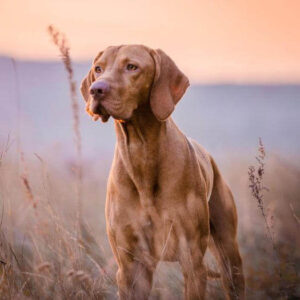
Breed History and Background
The Vizsla, also called the Hungarian Pointer, has a rich history dating back to the Magyar tribes of Hungary. These dogs served as hunters and companions for the Hungarian nobility. Almost lost after World War I, the breed was saved by enthusiasts who preserved its lineage. The Vizsla gained recognition from the American Kennel Club in 1960 and has since become a beloved sporting breed worldwide.
Vizsla Dog Breed Overview
| Category | Details |
| Origin | Hungary |
| Purpose | Hunting and pointing dog; also a companion animal |
| Size | Medium |
| Height | 21 to 24 inches (53 to 61 cm) |
| Weight | 45 to 65 pounds (20 to 30 kg) |
| Coat Type | Short, sleek, and dense; low maintenance |
| Coat Colors | Golden rust (uniform throughout) |
| Hypoallergenic | No |
| Lifespan | 10 to 14 years |
| Temperament | Affectionate, energetic, intelligent, and loyal |
| Exercise Needs | Very high; requires at least 1-2 hours of daily physical activity |
| Trainability | High; eager to please and learns quickly |
| Grooming Needs | Low; occasional brushing and bathing |
| Common Health Issues | Hip dysplasia, epilepsy, hypothyroidism, progressive retinal atrophy (PRA) |
| Good with Children? | Yes, gentle and playful with children |
| Good with Pets? | Generally, but early socialization is crucial |
| Living Environment | Best suited to homes with large yards; not ideal for apartments |
| Popularity | Highly regarded for active families and hunters |
Physical Characteristics
Vizslas are medium-sized dogs with a distinct athletic build. They typically weigh between 45-65 pounds and stand 21-24 inches tall at the shoulder. Their short, sleek coat comes in a striking golden rust color, paired with expressive amber eyes and floppy ears. These features, along with their muscular frame, highlight their natural agility.
Quick Physical Traits:
- Coat: Short, dense, and golden rust in color.
- Eyes: Warm amber.
- Ears: Floppy, set close to the head.
- Build: Lean yet muscular.
Personality and Temperament

Vizslas are known for their affectionate and friendly demeanor. They thrive on human interaction and bond closely with their families. Their energetic and playful nature makes them ideal for active households, though they can experience separation anxiety if left alone for long periods.
Key Temperament Traits:
- Energy: High; loves outdoor activities.
- Affection: Very loving and people-oriented.
- Behavior: Sociable with proper training; may chase smaller pets due to hunting instincts.
Care and Maintenance
Vizslas are relatively low-maintenance when it comes to grooming but require significant attention to their physical and mental well-being.
Grooming:
- Brush their short coat weekly to remove loose fur.
- Bathe as needed, typically every 4-6 weeks.
- Check ears regularly for signs of infection.
Exercise Needs:
- Provide at least 60 minutes of vigorous activity daily.
- Activities like running, hiking, or agility training are ideal.
Diet:
- Feed a high-quality diet rich in protein.
- Monitor portion sizes to maintain a healthy weight.
Health Considerations:
Vizslas are prone to conditions like hip dysplasia, epilepsy, and sebaceous adenitis. Regular veterinary checkups and preventive care can help manage these risks.
Training and Behavior
Vizslas are intelligent and eager to please, making them highly trainable. Start socialization early to ensure they are well-behaved with people and other animals.
Training Tips:
- Use positive reinforcement techniques.
- Keep sessions short and engaging to match their energy levels.
- Incorporate mental stimulation through puzzle toys or advanced obedience training.
Compatibility with Families and Lifestyles
Vizslas are excellent companions for families who enjoy an active lifestyle. They get along well with children and other pets if socialized early. However, they require plenty of attention and are best suited for homes where someone is around most of the time.
Quick Tips:
- Exercise: Ensure at least one hour of physical activity daily.
- Companionship: Avoid leaving them alone for extended periods.
- Health: Schedule regular vet visits to monitor for common health issues.
Conclusion
The Vizsla dog breed is a perfect blend of athleticism, intelligence, and affection. With proper care, training, and attention, they can become a cherished member of any active family. If you’re ready for a loyal and energetic companion, the Vizsla might be the perfect match for you!
There are plenty of dog breeds to suit all kinds of lifestyles and homes. With a little research, you can find your next best friend!
Related Dog Breeds:
- Cavalier King Charles Spaniel Dog
- Corgi Dog Breed
- Pembroke Welsh Corgi Dog
- Yorkie Pomeranian Mix (Yoranian)
- Labradoodle Dog
- Schnoodle Dog
FAQs:
Are Vizslas Apartment-Friendly?
While they can adapt to apartment living, they require daily outdoor exercise to stay happy and healthy.
Are Vizslas hypoallergenic?
No, Vizslas are not hypoallergenic, but their short coat produces less dander than some breeds.
How long do Vizslas live?
Vizslas typically live 10-15 years.
Do Vizslas bark a lot?
Generally, Vizslas are not excessive barkers but may bark when bored or anxious.
Is the Vizsla a good family dog?
Yes, Vizslas are excellent family dogs. They are affectionate and friendly and form strong bonds with their families. They do well with children and enjoy being part of a household with an active lifestyle. Early socialization ensures they interact well with other pets.
Is a Vizsla a high-energy dog?
Yes, Vizslas are very high-energy dogs. They require at least 1-2 hours of exercise daily, including activities like running, hiking, or agility training. Without adequate exercise, they may become bored, leading to destructive behavior.
Do Vizslas attach to one person?
Vizslas often develop a strong bond with one person in the family, although they remain affectionate with all household members. Their loyalty and people-oriented nature make them eager to please their primary caregiver.
Do Vizslas have a dog smell?
Vizslas are known for their minimal odor compared to other breeds. Their short, sleek coat doesn’t trap smells easily, and regular grooming helps maintain their cleanliness.
Can Vizslas be aggressive?
Generally, Vizslas are not aggressive. They are friendly and social dogs by nature. However, a lack of socialization or training can lead to undesirable behaviors. Proper training and positive reinforcement are key to maintaining their gentle temperament.
Do dogs mate with their siblings?
Dogs can mate with their siblings due to their lack of natural avoidance instincts for close relatives. However, inbreeding can lead to serious health and genetic issues. Responsible breeders avoid such practices to maintain healthy bloodlines.
Why are Vizslas so expensive?
Vizslas are expensive because of their popularity, limited availability, and the high costs associated with responsible breeding. Breeders often invest in health screenings, vaccinations, and early training, which contribute to the price.
Which dog has a higher IQ?
In terms of intelligence, Border Collies are widely considered the smartest dog breed. Vizslas ranks high in working and obedience intelligence, excelling in training and hunting tasks but not at the top of the intelligence hierarchy.
What are the negatives of Vizslas?
- High energy: They require significant physical and mental stimulation.
- Separation anxiety: They dislike being left alone and may develop anxiety.
- Space needs: They are not ideal for small apartments unless exercised rigorously.
- Prey drive: Their hunting instincts can lead to chasing smaller animals.
Do Vizslas bark a lot?
Vizslas are not excessive barkers. They usually bark to alert their owners or express excitement. Proper training can minimize unnecessary barking.
Can Vizslas be left alone?
Vizslas are not suited for being left alone for long periods. They thrive on companionship and may develop separation anxiety if isolated. Gradual training can help them adjust to short periods alone.
At what age is a Vizsla fully grown?
Vizslas typically reach their full height and weight by 12-18 months, though their mental maturity may take up to 2 years. Males tend to grow slightly larger than females.
- Standard Poodle Dog Breed: The Elegant Athlete of the Canine World - July 28, 2025
- Golden Retriever: The Ultimate Guide to a Beloved Canine Companion - July 22, 2025
- How Big Can Maine Coon Cats Get? - July 22, 2025

